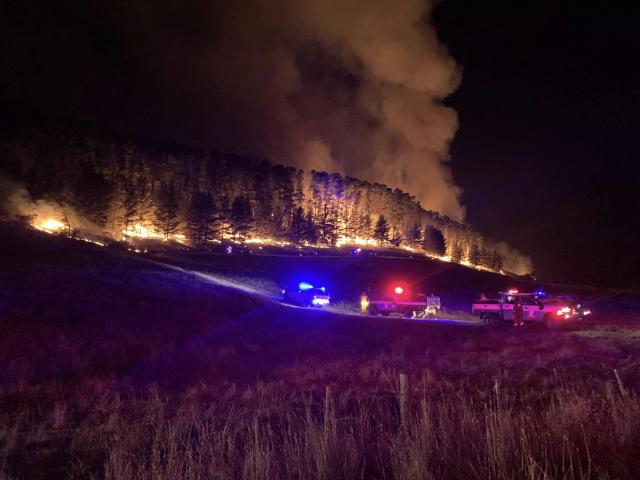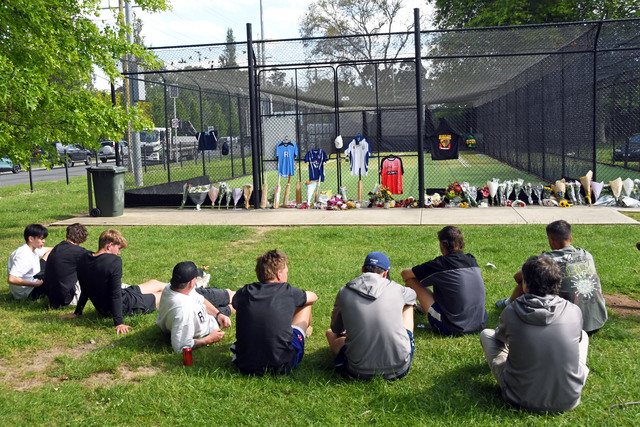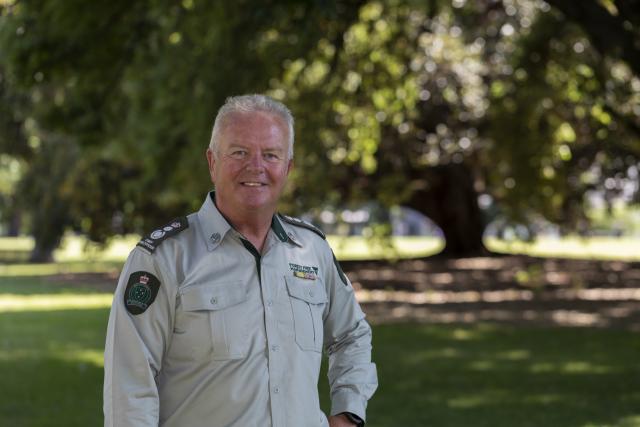Online copies of the Lilydale Express allow us to imagine life in Mt Evelyn pre-First World War, just over 120 years ago.
1913 was a year when significant subdivisions took place in Mt Evelyn, the hamlet was almost destroyed by fire and the Evelyn Progress Association took seriously the promotion of their home as a ‘pretty pleasure resort’.
The Progress Association successfully lobbied for a change of the township name to Mt Evelyn ‘as the name “Evelyn” does not convey any of the beauties and natural advantages of this place as a tourist resort’ (July 11).
They also asked that the obsolete name ‘Olinda Vale’, referring to the former village settlement between Swansea Road and Olinda Creek, should be eliminated from official maps.
Three properties were divided into weekend blocks and purchasers were busy erecting dwellings.
A dentist from Windsor, Mr Alfred Stevens, sold his Mt Evelyn Estate near the station, divided into half-acre £20 blocks.
A fire in early February 1913 almost destroyed this budding destination.
The Evelyn correspondent reported in the Lilydale Express on 7 February:
‘Starting from Fossey’s scrub, 300 yards from Mr Scott’s Evelyn Park … (the fire) burnt a quantity of Mr Clancy’s fencing, and aided by the strong northerly wind, it jumped the (Silvan-Monbulk) road and attacked the scrub on the other side. Two of the old camps were destroyed and the flames made their way to Starr’s stables… The fire then crossed the railway line and over the (O’Shannassy) aqueduct, carrying all before it and destroying hundreds of pounds of timber in its course.
It then skirted Stevens’ Mt Evelyn Estate, ran across the Olinda Creek and through Angeline’s ‘Valinda Park’. A clean sweep was made of the orchard and the homestead was threatened, but Mr Fairleigh, with the owner’s assistance, made a fire break and thus saved the place.
In the evening the wind freshened, and the fire attacked the scrub around the water scheme.
All the contractor’s staff turned out… put in fire breaks and with water from the aqueduct saved the fences.
Then the flames madly rushed in the direction of Pendlebury’s but a change in the wind turned them over the road to McAlister’s.
The building was soon surrounded by burning grass and trees and the verandah caught.
Fortunately … the building was saved. Howarth’s sawmill, next to McAllister’s, was next attacked and over £30 worth of newly sawn firewood destroyed.
Then the flames spread towards the school, but a band of volunteers prevented their encroachment upon the grounds.
During all this the South Wandin (Silvan Monbulk) road between the state school and Pendlebury’s, was impassable. It was an avenue of fire and smoke, the huge trees on either side being crowned with flames and emitting millions of sparks.
At eleven o’clock… rain began to fall and all danger was passed.’







